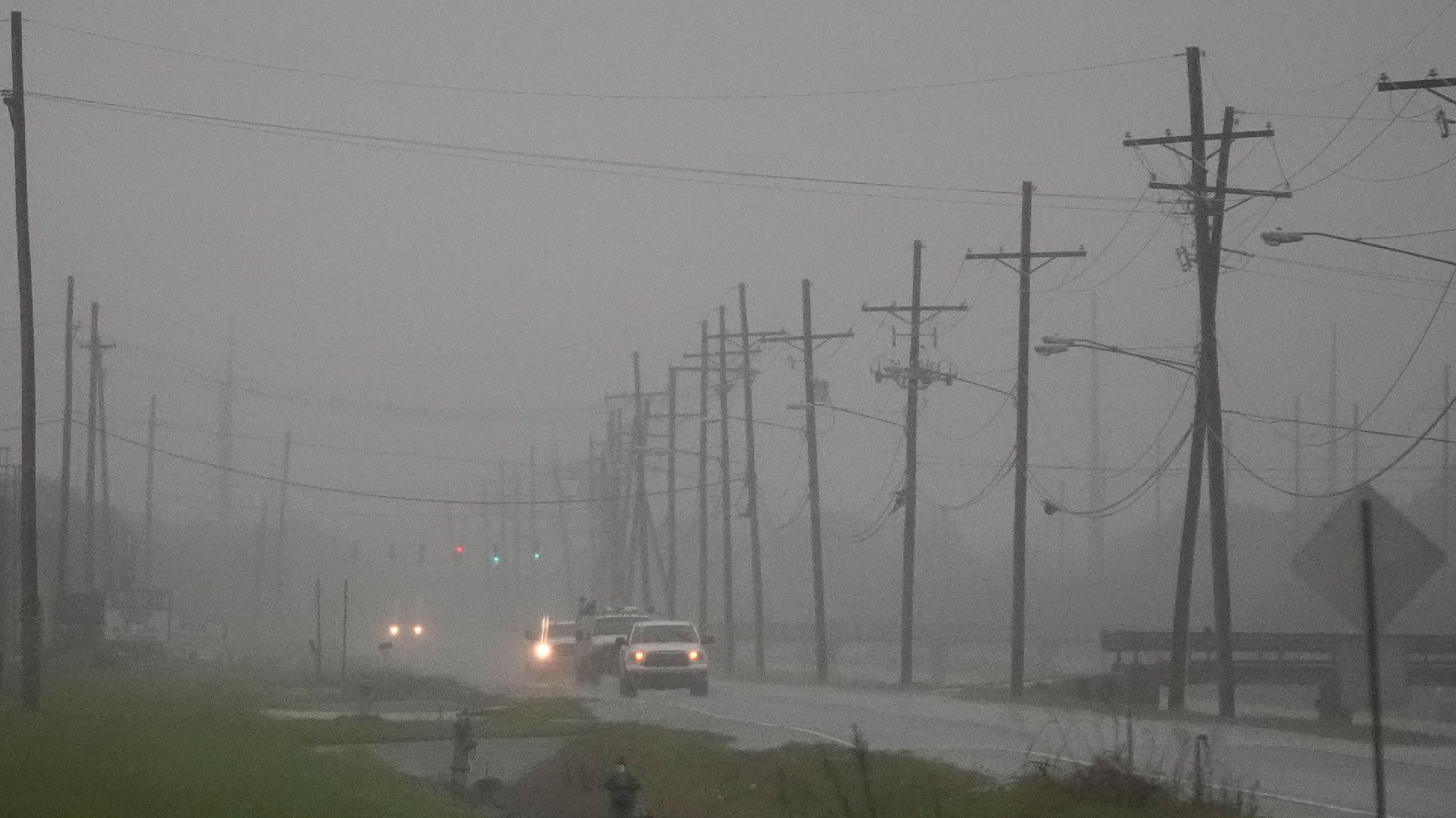Louisiana orders evacuations, oil and gas shutdowns due to Hurricane Francine
Tropical Storm Francine was projected by the U.S. National Hurricane Center on Tuesday to strengthen into a hurricane overnight, leading Louisiana residents to evacuate inland and prompting oil and gas companies to suspend production in the Gulf of Mexico.

Although Francine's progression was slower than initially anticipated, it was forecast to impact the Louisiana coastline on Wednesday with dangerous winds, heavy rainfall, and a potential storm surge of up to 10 feet.
The expected peak wind speed had been revised down to 90 miles per hour, classifying it as a Category-1 hurricane, according to the latest update from the National Hurricane Center.
The storm was tracking away from the southern coast of Texas, with projections indicating a landfall near Thibodaux, Louisiana on Wednesday. This trajectory poses significant concerns for the recently constructed liquefied natural gas export terminals in the area.
The Bureau of Safety and Environmental Enforcement reported that energy firms had ceased operations for 412,070 barrels of oil per day, approximately 24 percent of the output from the U.S. Gulf of Mexico, and had evacuated employees from 130 production platforms.
Additionally, about 494 million cubic feet per day of natural gas production was temporarily halted, making up 26 percent of the region's output.
This area accounts for about 15 percent of U.S. oil production and 2 percent of the natural gas production.
U.S. natural gas prices saw an increase of roughly 3 percent amid worries over the halted production and its effects on LNG facilities. Meanwhile, broader concerns about global oil demand led to a decline in U.S. crude futures by over 4 percent.
Oil refiners and distributors along the Louisiana coast were making preparations for the storm's impact. Citgo Petroleum reported that its Lake Charles oil refinery was activating its hurricane preparedness plan.
The port of Brownsville, near the Mexico border, and other smaller Texas terminals remained closed on Tuesday, while others, including Houston, Galveston, Corpus Christi, Texas City, and Freeport, operated under certain limitations.
Shipping restrictions were also enforced across various ports from Beaumont to Plaquemines, according to the Coast Guard.
Port authority in New Orleans announced plans to suspend terminal and railway operations, set to resume on Thursday after assessing the potential damage. Additionally, navigation was halted at ports like Houma, Morgan City, and the Louisiana Offshore Oil Port, as per U.S. Coast Guard directives.
In Mississippi and Alabama, ports such as Pascagoula began implementing storm protocols but stayed operational on Tuesday. Post-landfall, Francine's center was forecasted to continue moving towards Mississippi on Wednesday night or Thursday.
Major oil companies, including Exxon Mobil, Shell, and Chevron, along with pipeline operator Enbridge, have evacuated staff from offshore facilities and scaled back production.
Louisiana's infrastructure is crucial for the U.S. LNG market, housing three of the seven major operational export plants, with newly built facilities like Sempra's Cameron LNG, Venture Global LNG’s Calcasieu Pass LNG, and Tellurian's Driftwood LNG development in the storm's projected path.
Data from LSEG indicated that natural gas flow to the Cameron LNG plant dropped significantly on Tuesday. Meanwhile, Freeport LNG began implementing storm readiness measures at its Texas-based facility.
Rohan Mehta for TROIB News
Find more stories on the environment and climate change on TROIB/Planet Health












